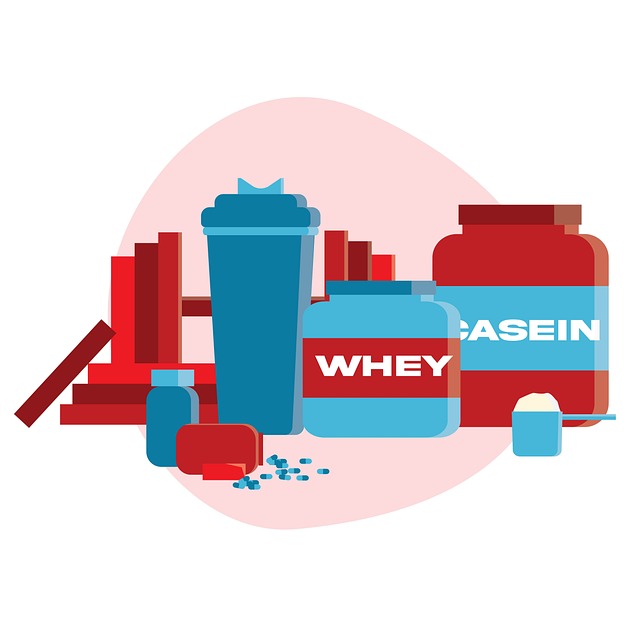How to read ingredient labels to choose nutrient-dense options
Learning to read ingredient labels helps you choose foods that support a balanced diet and long-term health. This brief overview highlights what to look for on Nutrition Facts panels and ingredient lists so you can prioritize macros, micronutrients, whole foods, and sensible portion choices while planning meals.

Understanding ingredient labels makes everyday grocery decisions clearer and helps you select nutrient-dense options that match your diet goals. A label reveals calories, macronutrients (carbohydrates, fats, protein), fiber, and select vitamins and minerals; the ingredient list shows what is actually in the product and in what order. By combining both sources you can compare products, plan meals with better balance, and reduce reliance on marketing claims.
This article is for informational purposes only and should not be considered medical advice. Please consult a qualified healthcare professional for personalized guidance and treatment.
What are macros and micronutrients?
Macros are the calories-providing nutrients—carbohydrates, fats, and protein—listed in grams on the Nutrition Facts panel. Micronutrients are vitamins and minerals that appear with percent daily values and smaller gram or milligram amounts. When reading labels, note both the absolute amounts and how they fit into your overall diet: a product high in protein but low in fiber and micronutrients may suit some goals but not others. Consider your broader eating pattern when evaluating a single item.
How to check calories and portion control
Calories are expressed per serving; always check how many servings are in the package. Portion control depends on realistic serving sizes rather than package impressions. If a bag contains three servings and you typically eat the whole bag, multiply the calories and macros accordingly. Use the serving size to adjust meal planning and to balance calories with activity and metabolic goals. Comparing per-100-gram values can also help when serving sizes vary widely between products.
Reading for protein and fiber
Protein and fiber are reliable indicators of nutrient density. Protein supports muscle maintenance and metabolic processes, while fiber supports digestion and gut health and helps with satiety. On labels, prioritize items with higher grams of protein and fiber relative to calories. Look for ingredients like beans, lentils, nuts, seeds, whole grains, or dairy that appear early in the ingredient list—these are often the main contributors to protein and fiber content, including in plant based choices.
Spotting vitamins, minerals, and hydration clues
Check the percent daily value for vitamins and minerals such as vitamin D, calcium, iron, and potassium to see if a product makes a meaningful contribution. For hydration-related choices, look at electrolyte content—sodium, potassium, and magnesium—especially in drinks and sports formulations. Be mindful of very high sodium in processed foods that can counteract hydration goals. Fortified products can add micronutrients, but whole foods generally provide a broader nutrient matrix.
Whole foods, plant based choices, and meal planning
Ingredient lists that begin with recognizable whole foods—whole grains, fruits, vegetables, legumes, nuts—are usually more nutrient-dense than those headed by refined starches, sugars, or long chemical additives. For plant based eating, prefer minimally processed products where single-ingredient plant foods are prominent. In meal planning, combine packaged items with fresh whole foods to increase vitamins, minerals, and fiber: for example, add vegetables and a lean protein to a grain-based convenience meal to improve balance.
Ingredients order and gut health impact
Ingredients are listed by weight, so the first items make up most of the product. Avoid items where added sugar, refined flour, or unhealthy fats are listed first if you want nutrient-dense options. Prebiotic fibers (inulin, chicory root), whole grains, and fermented ingredients support gut health and may appear in the ingredient list or product description. Simpler ingredient lists with recognizable terms generally reduce exposure to unnecessary additives and support digestive comfort over time.
Labels also show additives, artificial sweeteners, and emulsifiers—ingredients some people prefer to minimize for digestive reasons. If gut tolerance is a concern, test new products in small amounts and prioritize whole-food ingredients.
In summary, effective label reading combines attention to serving size and calories with evaluation of macros, fiber, protein, and the presence of meaningful vitamins and minerals. Favor products where whole foods are prominent, plan meals to complement packaged items, and use portion control to align intake with your metabolism and health goals. These habits make grocery shopping a practical tool for building a more nutrient-focused diet.





